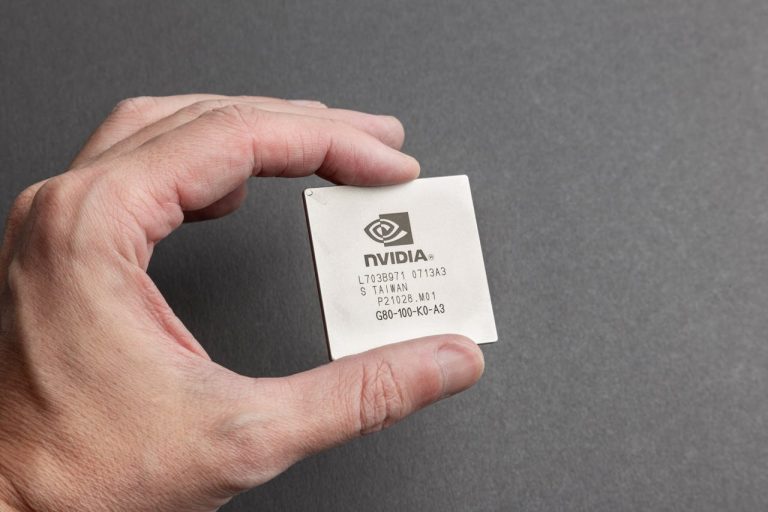Welcome to our easy-to-understand guide to generative AI, a new and exciting area of AI. It’s worth an amazing $44.89 billion around the world, which means big steps forward and open possibilities.
Generative AI can use creativity and thought to make new things. This is different from regular automation, which just does tasks in the same way every time.
“Generative AI” is the name for artificial intelligence (AI) that works in many areas like human imagination. Large steps forward in technology are made possible by using special tools like Generative Adversarial Networks (GANs) and Variational Autoencoders (VAEs).
This piece will explain what generative artificial intelligence is, how it works, and what it might be used for in the future. Let’s look into what this interesting technology can do and how it works.
Understanding of the Mechanisms Behind Generative AI
Generative artificial intelligence is based on a very complicated set of formulas that are meant to copy the way people think and create. Within this area, variational autoencoders (VAEs) and generative adversarial networks (GANs) are the two main types that are used most often.
Generative Adversarial Networks (GANs)
Ian Goodfellow and his colleagues were the first to talk about generative adversarial networks, also known as GANs. The generator and discriminator are like two players in a game. They make up a GAN.
Synthetic Date by the Generator
The discriminator learns to tell the difference between real and fake samples. Because antagonistic training makes it possible for both networks to get better over time, the results are more believable.
Variational Autoencoders (VAEs)
A type of probabilistic machine learning called variational autoencoders (VAEs) can learn how to handle complex data distributions. These models are made up of an encoder, a decoder, and a hidden space where raw data is stored.
VAEs might be able to reach their goal by learning a continuous latent representation and putting together the raw data at the same time. When the right methods are used and samples are taken from this latent space, VAEs can make new data samples that are very similar to the original distribution.
Applications Across All Sectors of the Industry
Because generative artificial intelligence is so adaptable and cuts across national borders, it encourages innovation in many different industries, such as the following:
Exploring the Boundaries of Art and Design with Generative AI
In art and design, generative AI helps people show their creativity by giving them more freedom to express themselves and pushing the limits of what is possible. Visual artists can try out creative algorithms with the help of tools like RunwayML and DeepArt. These sites help bring together artistic and technical expression.
Content Creation and Personalization
Due to the large amount of digital material accessible today, creative AI has revolutionized both the creation of content and the personalization of it. It can make things from scratch, which is why.
The ways that businesses talk to their customers are changing, which makes the conversation better and more useful. Creating automatic content, writing product descriptions, and more targeted marketing are the major things that have led to this change.
AI Revolutionizing Healthcare: Faster Solutions, Better Care
The healthcare industry is using general artificial intelligence (AI) to quickly solve big problems in areas like patient care, drug research, and medical images. Researchers and drug makers can get their work done faster by using fake patient data and making fake medical pictures makes it easier to make reliable detection tools.
The Role of AI in Video Game Worlds
This place is where the game is played. When it comes to video games, artificial intelligence is used for a great deal more than simply entertainment; it is the engine that enables the creation of virtual worlds and direct interactions. When generative content production algorithms are engineered by artificial intelligence, gamers have a greater sense of immersion and interest in the game.
Through the use of these techniques, it is possible to alter the locations of the game, alter the narratives, and give the characters a sense of realism.
The Future of Generative AI
As the field of generative artificial intelligence continues to improve, the possibilities are almost limitless. The creation of tailored content and the simulation of realistic virtual worlds are only two examples of how generative models have the potential to transform a variety of industries and redefine human creativity.
Nevertheless, it is of the utmost importance to traverse the ethical problems and ensure the development and deployment of algorithms that responsibly generate artificial intelligence.
An interesting convergence of technology, creativity, and human intellect is represented by generative artificial intelligence (AI), as stated in the conclusion. It is possible to open up new frontiers in the areas of content production, creative expression, and problem-solving by leveraging the power of generative models.
This will allow us to shape a future in which artificial intelligence will enhance human creativity and improve our lives in ways that have never been seen before.
Summary
Generative artificial intelligence is a demonstration of humanity’s efforts to stretch the limits of creativity via the use of artificial intelligence and to replicate creative processes. We are seeing a paradigm change in the way that we create, develop, and engage with technology as we continue to unravel the complexities of generative structures such as GANs, VAEs, and other generative architectures.
The future that is predicted by generative artificial intelligence is one in which the line that separates human creativity from machine innovation becomes more blurry, therefore opening up new vistas of potential and promise. This is a consequence of the revolutionary impact that Generative AI has had on a variety of industries. Make advantage of the possibilities offered by generative artificial intelligence, and go on a journey that is replete with unbounded creativity and ingenuity.








